 Print This Post
Print This Post

One of the joys of living in California is access to the abundance of the state — incredible troves of fresh produce, nuts, dairy and meat, all grown here and widely available at farmers markets and our local grocery stores.
On Saturday I took a stroll through the Virginia Avenue Santa Monica Farmers Market to celebrate a gorgeous day, and find inspiration for lunch. While there, I was reminded at stall after stall of our state’s ample bounty.
I felt profound gratitude to the farmers who brought their wares to the market and tirelessly explained what to do with their tatsoi and tangerines, and those who were still toiling in the fields as I was literally contemplating the fruits of their labor.
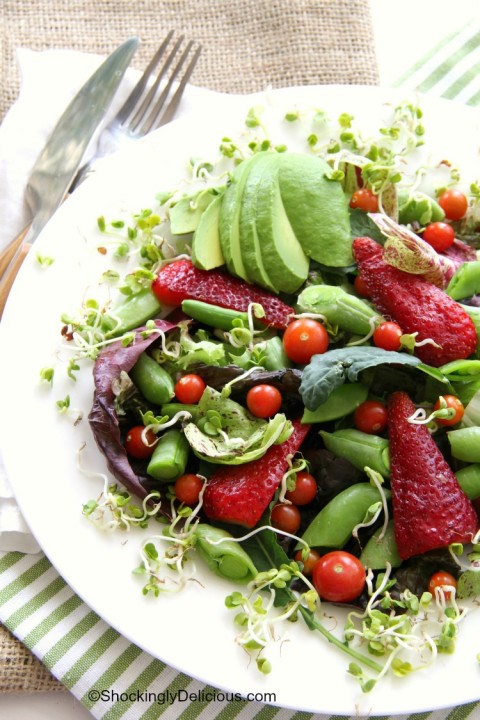 Above is a sneak peek at the salad we’ll be making, but first stroll along the market with me as we chat today about how important locally grown foods are to a healthy, delicious lifestyle…
Above is a sneak peek at the salad we’ll be making, but first stroll along the market with me as we chat today about how important locally grown foods are to a healthy, delicious lifestyle…
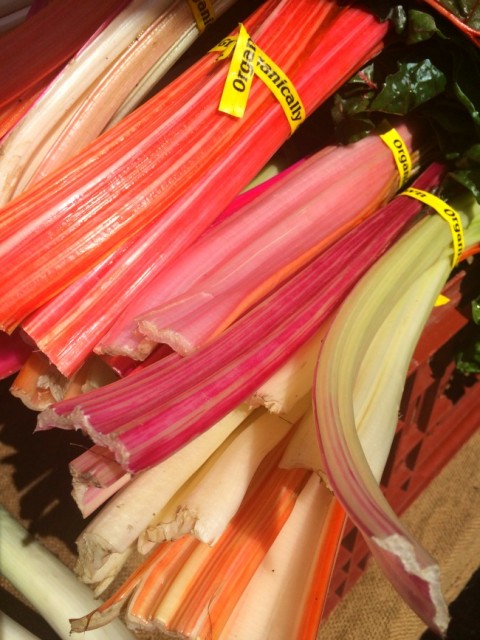 …and how California farmers and ranchers play a critical role in growing the nutritious, delicious, healthy, safe and affordable foods that feed families across our state and throughout the U.S.
…and how California farmers and ranchers play a critical role in growing the nutritious, delicious, healthy, safe and affordable foods that feed families across our state and throughout the U.S.
 I’ll bet you didn’t know that California grows nearly half of the fruits, nuts and vegetables grown in the U.S. Pause for a moment and let that sink in. HALF.
I’ll bet you didn’t know that California grows nearly half of the fruits, nuts and vegetables grown in the U.S. Pause for a moment and let that sink in. HALF.
We account for more than half of the harvested fruit acreage in the country.
Our Salinas Valley on the central coast is one of the most productive agricultural regions on the planet, which earned it the label “The Salad Bowl of the World.”
 We’re the land of oranges and citrus, with our Tulare County leading the state in growing more than half of them. In fact, oranges are #7 in commodities in our state — the top three are milk, grapes and almonds).
We’re the land of oranges and citrus, with our Tulare County leading the state in growing more than half of them. In fact, oranges are #7 in commodities in our state — the top three are milk, grapes and almonds).
California produces 90% of fresh avocados consumed in the U.S. (frozen and processed avocados are imported regularly from other countries).
California is the nation’s top nut producer. For example, California grows 100% of the U.S. supply of almonds.
We grow 98% of the country’s fresh figs in our Fresno, Madera and Merced counties, and 20% of the world’s dried figs.
California is the country’s No. 1 milk producer and the leading producer of butter and ice cream.
 We grow 80% of America’s strawberries, and that percentage is growing. Our coastal fields with mild days and cool nights are stunningly productive, yielding 10 times more fruit per acre than strawberry farms in Michigan, 20 times more than in the state of New York.
We grow 80% of America’s strawberries, and that percentage is growing. Our coastal fields with mild days and cool nights are stunningly productive, yielding 10 times more fruit per acre than strawberry farms in Michigan, 20 times more than in the state of New York.
 You want broccoli? We produce more than 90%. Artichokes clock in at 99%, kiwi fruit and plums at 97%, celery and garlic at 95%, cauliflower at 89%, spinach at 71% and carrots at 69%.
You want broccoli? We produce more than 90%. Artichokes clock in at 99%, kiwi fruit and plums at 97%, celery and garlic at 95%, cauliflower at 89%, spinach at 71% and carrots at 69%.
I could go on, or you could take a glance at this quick chart from the Calif. Agricultural Resource Directory:

With all of that plenty in mind, I stuffed my bag full of fresh produce, and set off for home to create a Spring Farmers Market Salad. I took inspiration from…
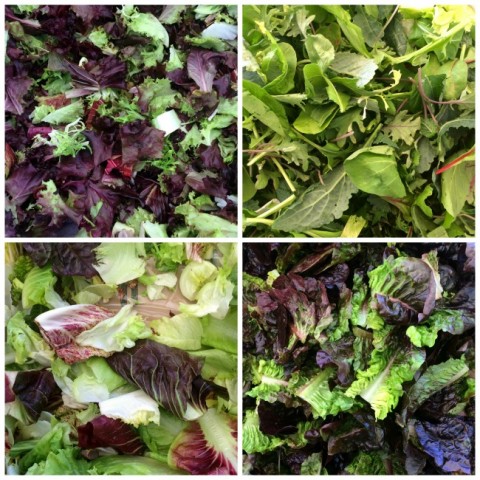 …boxes of fresh salad greens…
…boxes of fresh salad greens…
 …tables piled high with a tangle of multicolored carrots…
…tables piled high with a tangle of multicolored carrots…
 …and an innovative pairing of strawberries and sugar snap peas from J.R. Organics farm in North County San Diego.
…and an innovative pairing of strawberries and sugar snap peas from J.R. Organics farm in North County San Diego.
 Bingo, that was my inspiration and I had my salad!
Bingo, that was my inspiration and I had my salad!

Fresh and fabulous, this melange of farmers market finds makes a wonderful lunch or dinner. The truffled dressing is divine.
Ingredients
- Salad
- 4 big handfuls salad greens mix (I like to mix different varieties)
- 15-20 sugar snap peas, stem and string removed and cut into thirds
- 12 fresh strawberries, hulled and sliced
- 2 portions leftover cooked steak, cut into bite-site pieces (omit if vegetarian)
- Cherry tomatoes
- Radish sprouts
- 1 avocado, pitted, peeled, halved and sliced thinly
- .
- Dressing
- 2 1/2 tablespoons extra-virgin olive oil
- 1 tablespoon rice vinegar
- 1/2 teaspoon truffle oil
- 1/4 teaspoon vanilla extract (yes!)
- 1/4 teaspoon agave syrup
Directions
- Assemble salad: Arrange greens/lettuce in 2 wide, shallow bowls. Top with sugar snap peas, strawberries and steak pieces (if using). Sprinkle with cherry tomatoes and radish sprouts. Fan out the avocado slices at the side of the plate.
- Make dressing: Add oil, vinegar, truffle oil, vanilla extract and agave to a small jar. Shake vigorously for a minute. Drizzle dressing over each salad.
- Serves 2
Notes
Recipe source: Dorothy Reinhold | Shockingly Delicious
Vegetarian/vegan option: Omit steak.
What about the drought?
California’s glorious year-round-growing climate gets big credit for our productivity. No other state, or even a combination of states, can match California’s output per acre. However, you may have heard that we have a historic drought, going on 4 years now.
All Californians have had to drastically reduce the amount of water we use in our daily lives, and California farmers and ranchers have been forced to cut back as well. But armed with smart thinking, innovative technologies and generations of wisdom, the farm community is doing everything it can to make sure your plate has all the fresh food you want and need. For example, during the past 30 years, almond growers have improved water use efficiency by 33 percent.
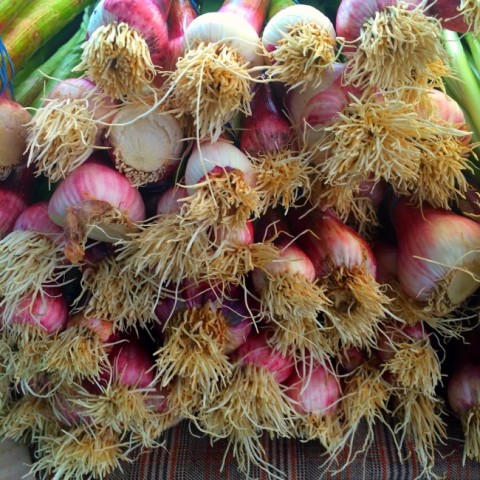 Our farmers and ranchers are exquisitely aware of the need to make the most of our natural resources and are committed to using water efficiently and responsibly. Another example: The “water-footprint” of a glass of milk is 65% smaller today than it was 70 years ago.
Our farmers and ranchers are exquisitely aware of the need to make the most of our natural resources and are committed to using water efficiently and responsibly. Another example: The “water-footprint” of a glass of milk is 65% smaller today than it was 70 years ago.
Ag drives the California economy
When outsiders think about California businesses, they might first think of Hollywood and then perhaps Silicon Valley since our entertainment and technology industries are second to none. Put agriculture right up there though, because California farming is one of the largest employers in the state. California farming and ranching generates more than $100 billion in annual economic activity for the state, so not only are our farmers feeding the nation, they are driving the state and U.S. economy.
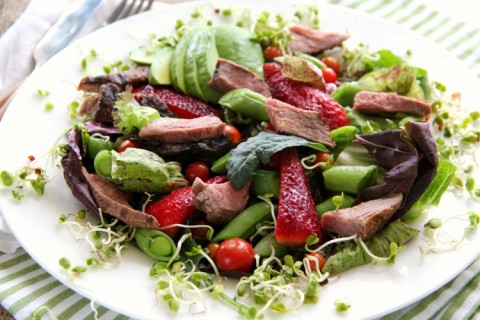 Today one California farmer feeds 155 people, compared to just 19 people in 1940. Put “California farmers” on your gratitude list.
Today one California farmer feeds 155 people, compared to just 19 people in 1940. Put “California farmers” on your gratitude list.
In decades past, people made fun of California and its free-spirited inhabitants as “the land of fruit and nuts.” But as you can see, the rest of the country would literally have precious few fruits and nuts on their plates if it weren’t for our farmers and our fertile land.
It’s time to retire the old joke, and tell it like it really is:
Keep our state on your plate.
To learn more about California farming and ranching, take a look at Cultivate California.
Disclosure: I was selected for this opportunity as a member of Clever Girls and the content and opinions expressed here are all my own.









 Welcome to my kitchen!
At ShockD, you’ll find scrumptious, tried & true, "scary good" recipes, tips and coaching to make YOU a fabulous home cook! Don't blame me if you need a 12-step program to wean yourself away!
E-mail me: Dorothy.Reinhold@gmail.com
Welcome to my kitchen!
At ShockD, you’ll find scrumptious, tried & true, "scary good" recipes, tips and coaching to make YOU a fabulous home cook! Don't blame me if you need a 12-step program to wean yourself away!
E-mail me: Dorothy.Reinhold@gmail.com



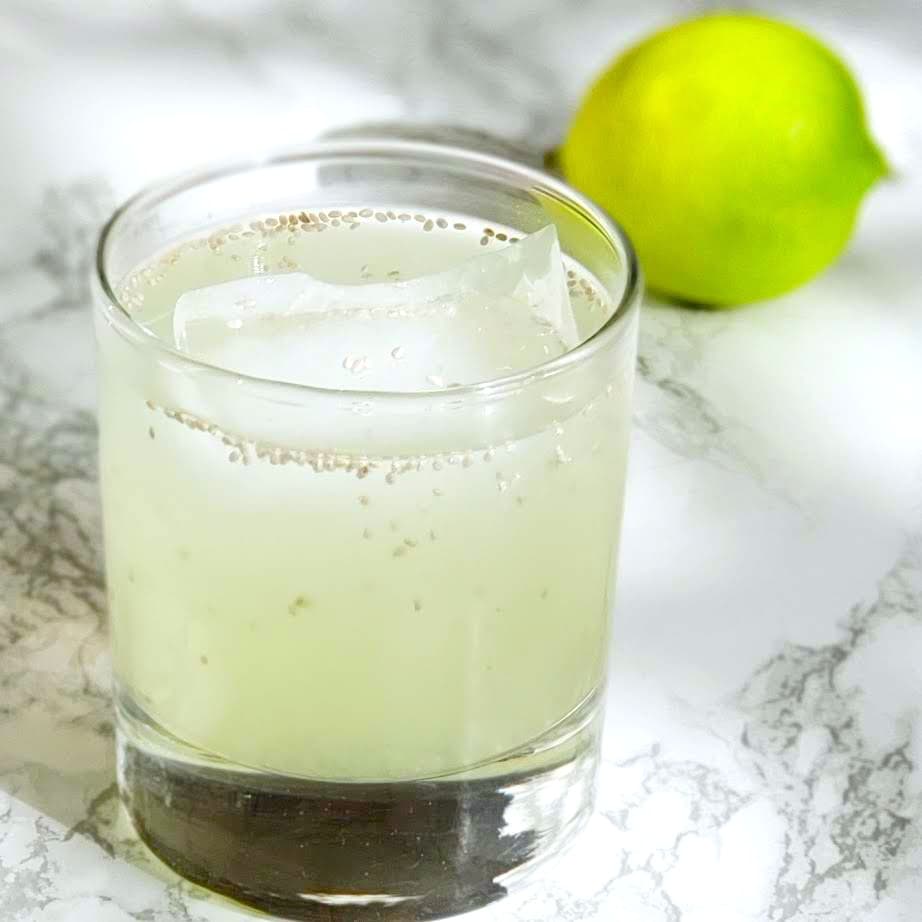
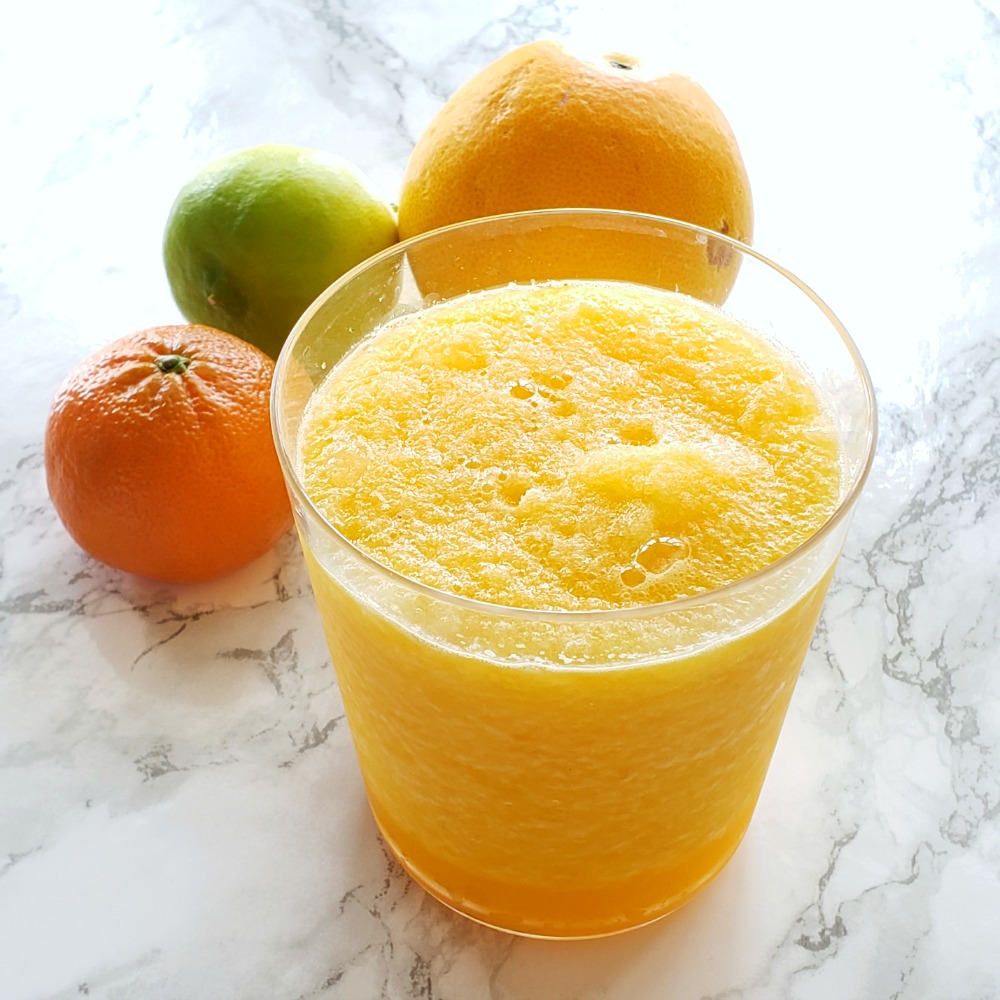
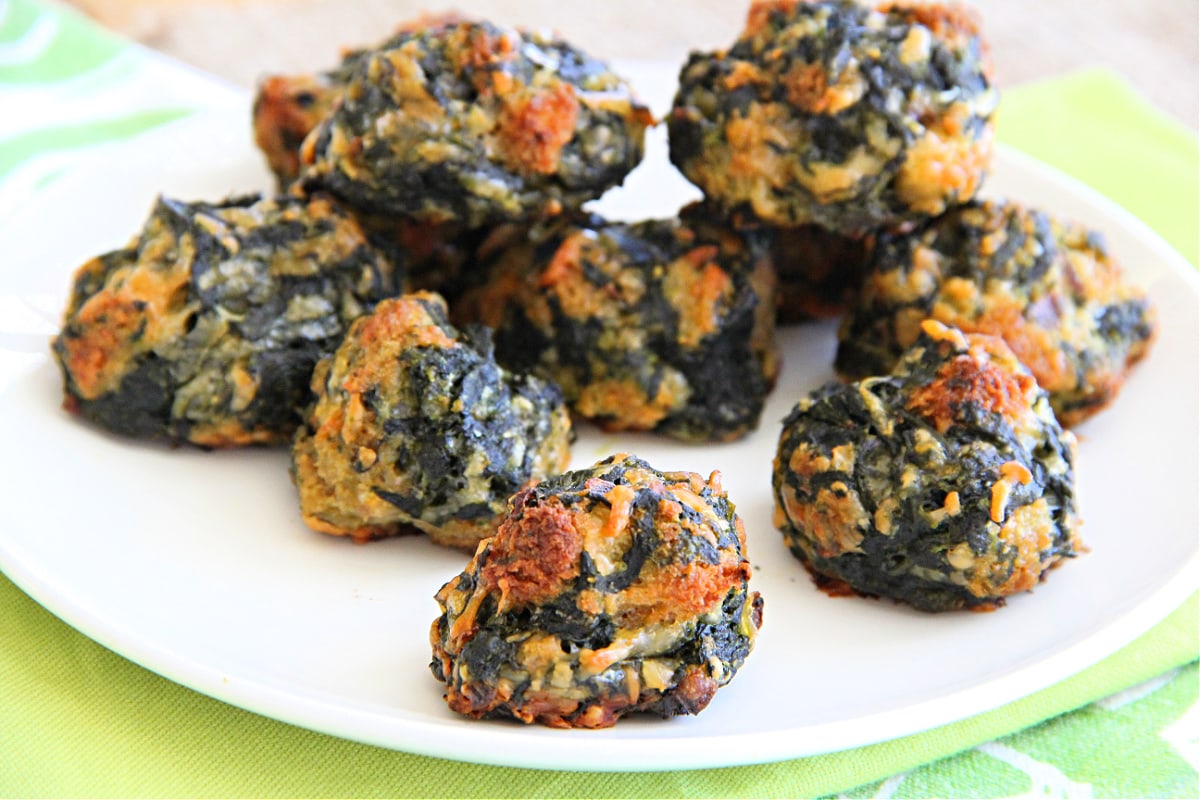


{ 24 comments… read them below or add one }
← Previous Comments
Next Comments →